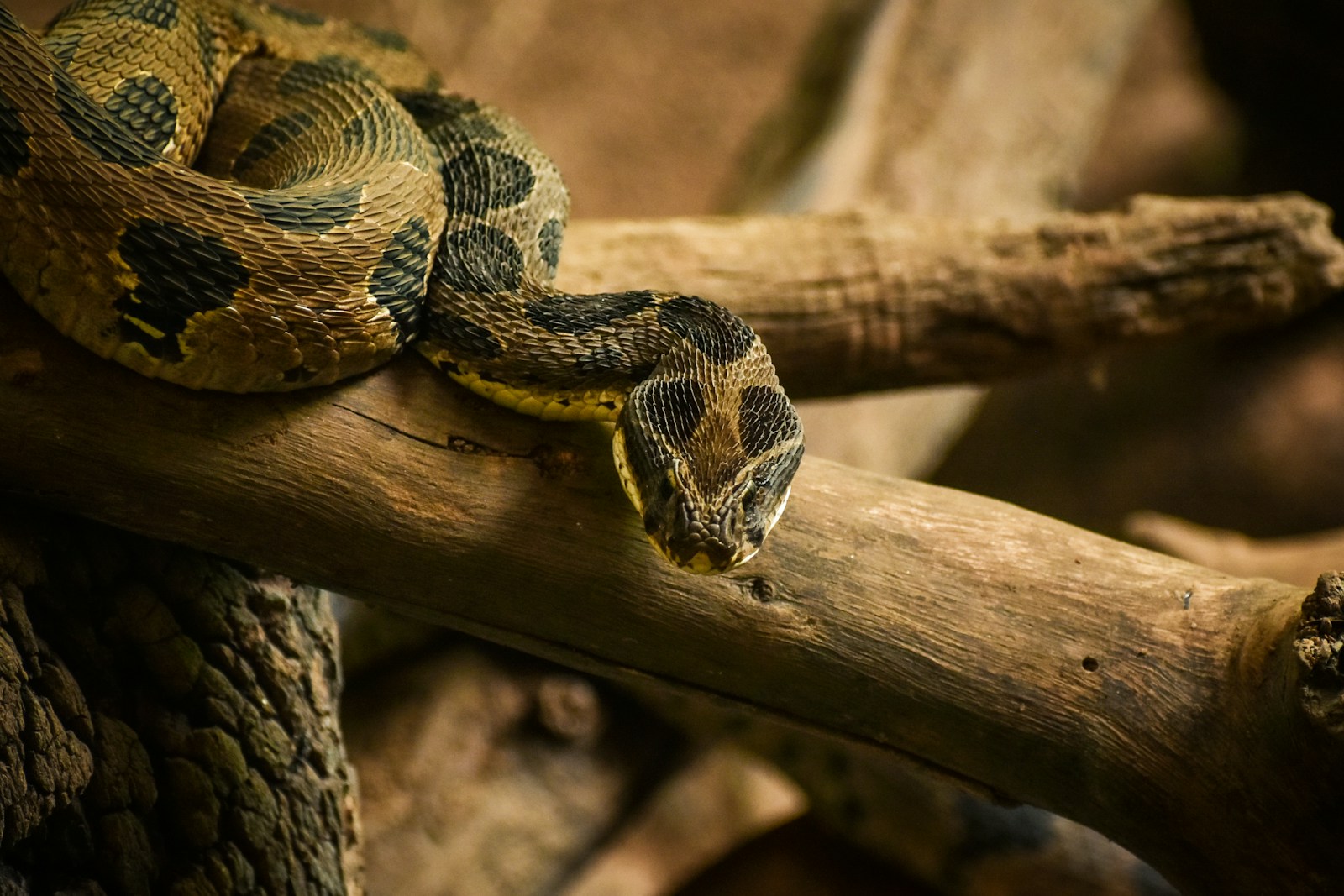Across the animal kingdom, creatures have evolved different strategies to handle seasonal changes. For reptiles like snakes, whose body temperature depends on external conditions, survival during cold periods presents a particular challenge. While many snake species enter a dormant state known as hibernation (or more specifically, brumation) during winter months, others remain active year-round. This fascinating divide in snake behavior reveals much about their evolutionary history, geographic distribution, and physiological adaptations. Understanding why some snakes hibernate while others don’t provides valuable insights into how these remarkable reptiles have conquered diverse habitats across our planet.
Understanding Snake Brumation vs. True Hibernation
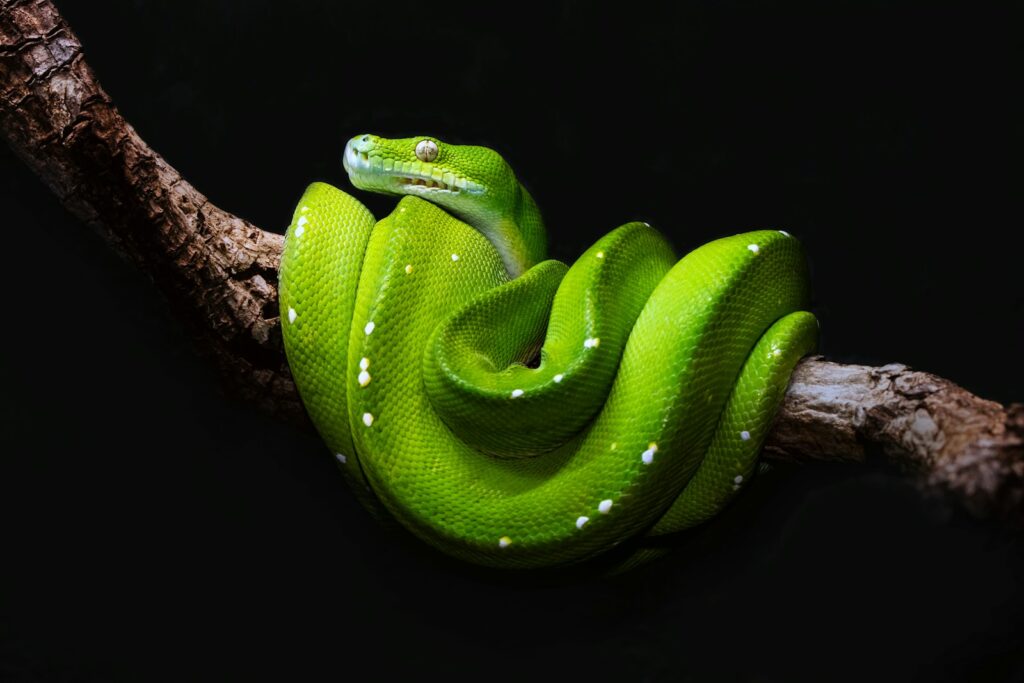
What many people call hibernation in snakes is technically known as brumation, a dormancy period specific to cold-blooded animals. Unlike true hibernation seen in mammals, brumating snakes don’t experience the same dramatic drops in body temperature or metabolic rate. During brumation, snakes remain somewhat alert and may occasionally move around or even drink water, whereas hibernating mammals enter a deep sleep-like state. This distinction is important because it affects how snakes prepare for and experience cold periods. Brumating snakes don’t build up as much body fat as hibernating mammals since their energy requirements during dormancy are lower due to their already low metabolic rates as ectotherms. The ability to maintain some level of awareness during brumation also allows snakes to respond to environmental threats or unexpected warm spells that might occur during winter.
The Geographical Factor in Snake Hibernation

Geography plays a crucial role in determining whether snakes hibernate or remain active year-round. Species native to temperate regions with distinct seasons typically brumate during cold winter months when food becomes scarce and temperatures drop below their active threshold. For example, common species like garter snakes, rattlesnakes, and copperheads across North America all undergo seasonal brumation. Conversely, snakes evolved in tropical or subtropical environments generally don’t hibernate because temperatures remain warm enough for year-round activity. These include species like boas, pythons, and many colubrid snakes found near the equator. This geographical division demonstrates how climate has shaped snake behavior and physiology over millions of years, creating distinct survival strategies for different regions.
Physiological Adaptations for Cold Weather
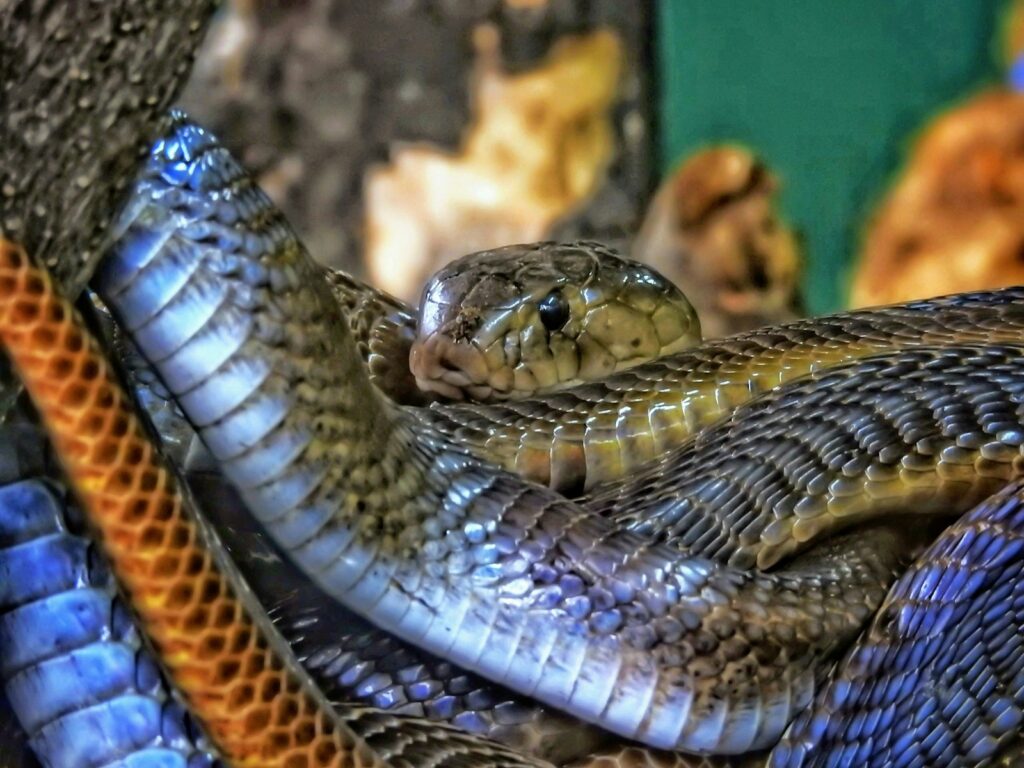
Snakes that hibernate have developed remarkable physiological adaptations to survive cold periods. One crucial adaptation is their ability to significantly lower their metabolic rate, reducing energy expenditure when food is unavailable. Their bodies also produce natural antifreeze compounds that prevent tissue damage when temperatures approach freezing. Hibernating snakes can survive with minimal oxygen consumption for extended periods, sometimes going months without a fresh breath in enclosed hibernacula. These physiological changes allow species like the common garter snake to survive temperatures that would otherwise prove fatal, demonstrating the remarkable plasticity of reptilian physiology. Without these specialized adaptations, cold-climate snakes would be unable to expand their ranges beyond tropical zones.
The Advantage of Tropical Snakes’ Continuous Activity
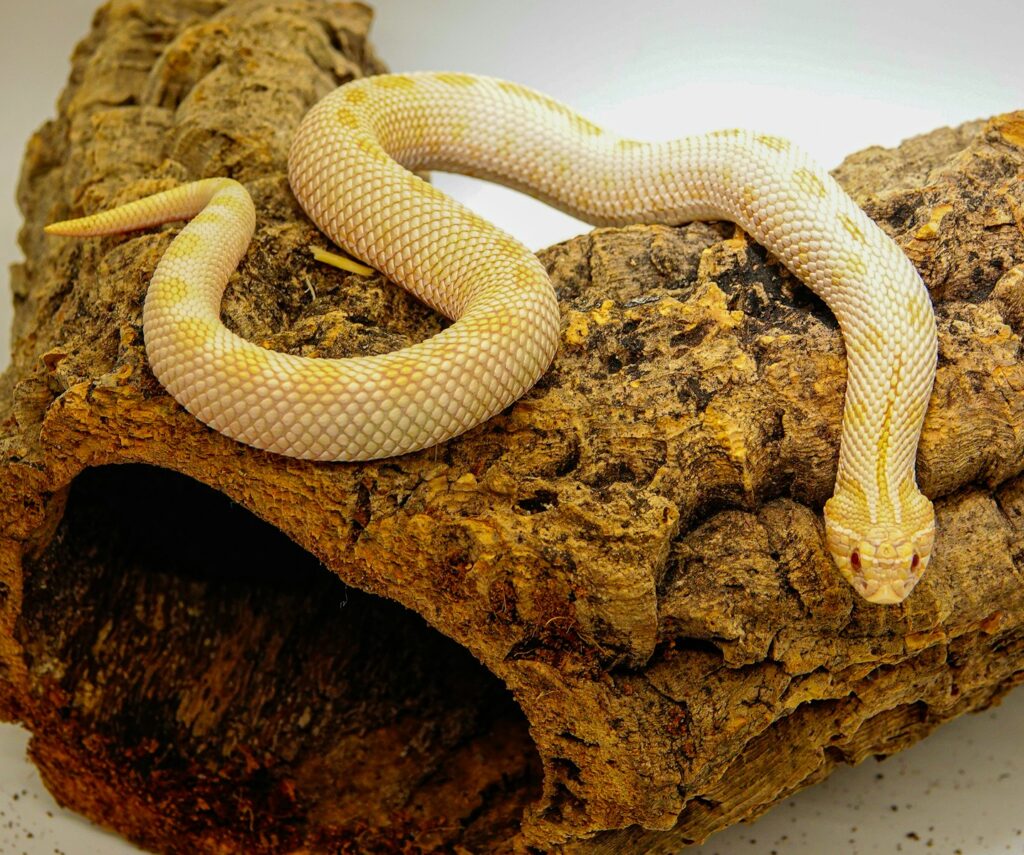
Snakes that don’t hibernate enjoy several evolutionary advantages from their year-round activity. Without the need to reserve energy for winter dormancy, tropical species can direct more resources toward growth, reproduction, and hunting throughout the calendar year. This continuous activity pattern allows for more frequent breeding cycles in many species, with some tropical snakes capable of producing multiple clutches annually. Year-round hunters also benefit from consistent prey availability, allowing them to maintain more stable populations. The king cobra, for example, hunts actively throughout the year in its Southeast Asian habitat, never needing to pause its predatory lifestyle. This constant activity pattern has allowed non-hibernating species to develop specialized hunting strategies that wouldn’t be possible with seasonal interruptions.
Hibernation Triggers: Temperature and Photoperiod
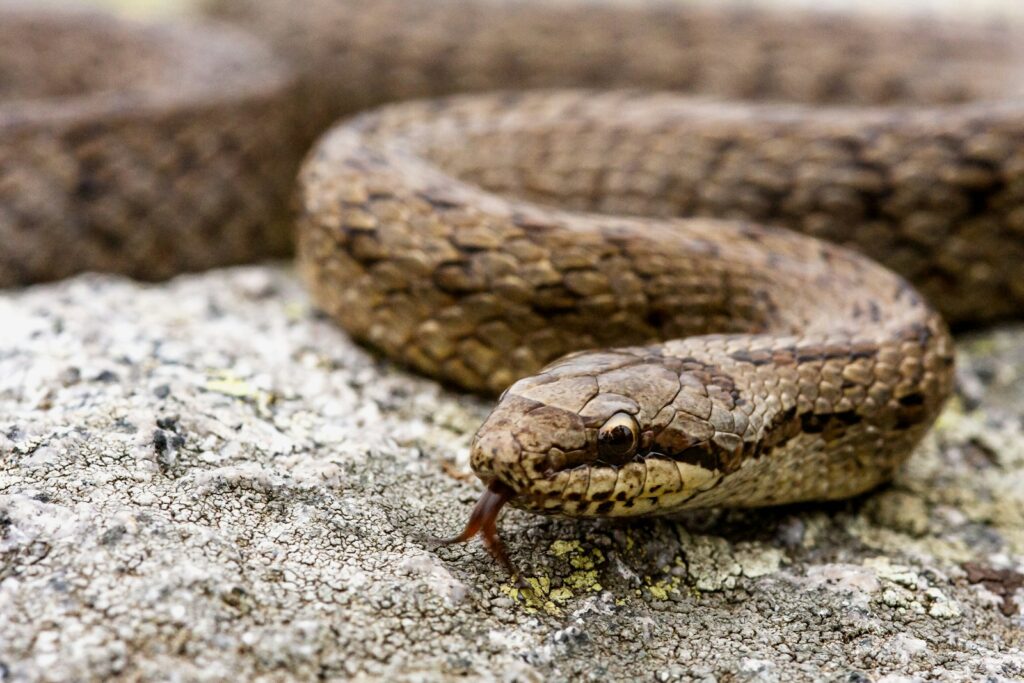
For hibernating snake species, the decision to enter brumation isn’t random but triggered by specific environmental cues. Decreasing daylight hours (photoperiod) signal to the snake that winter approaches even before temperatures drop significantly. This photoperiodic response triggers hormonal changes that prepare the snake’s body for dormancy. Temperature shifts further reinforce this biological preparation, with most species beginning to seek hibernation sites when ambient temperatures consistently fall below 60°F (15.5°C). These dual triggers ensure snakes enter brumation at the appropriate time rather than responding to brief cold snaps or unseasonable temperature fluctuations. This sophisticated response system demonstrates how deeply environmental rhythms are encoded in the biology of hibernating snake species.
Choosing the Perfect Hibernaculum
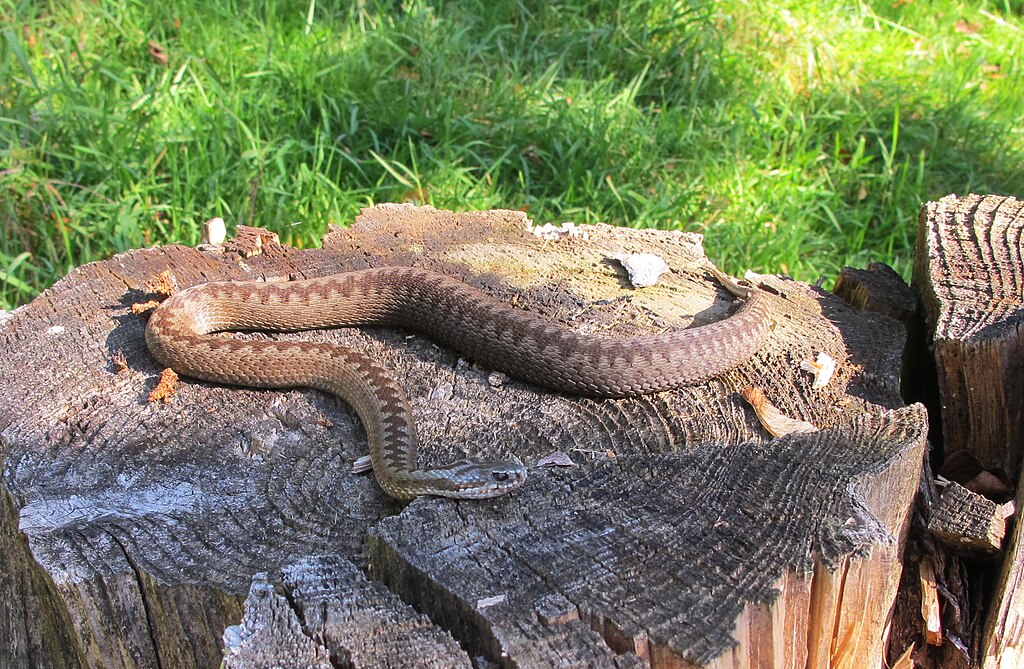
Hibernating snakes don’t simply shut down wherever they happen to be when cold weather arrives; they actively seek specific sites called hibernacula that offer protection during their vulnerable dormant period. The ideal hibernaculum maintains temperatures above freezing but below the snake’s active threshold, typically between 35-50°F (1.7-10°C). Natural hibernation sites include rock crevices, abandoned mammal burrows, hollow logs, and deep leaf litter that provides insulation against extreme cold. Some species like timber rattlesnakes return to the same communal hibernacula year after year, with some sites used continuously for centuries by generations of snakes. These hibernation dens often become crucial conservation focal points, as their destruction can impact entire regional populations of hibernating snake species.
Communal Hibernation: Safety in Numbers
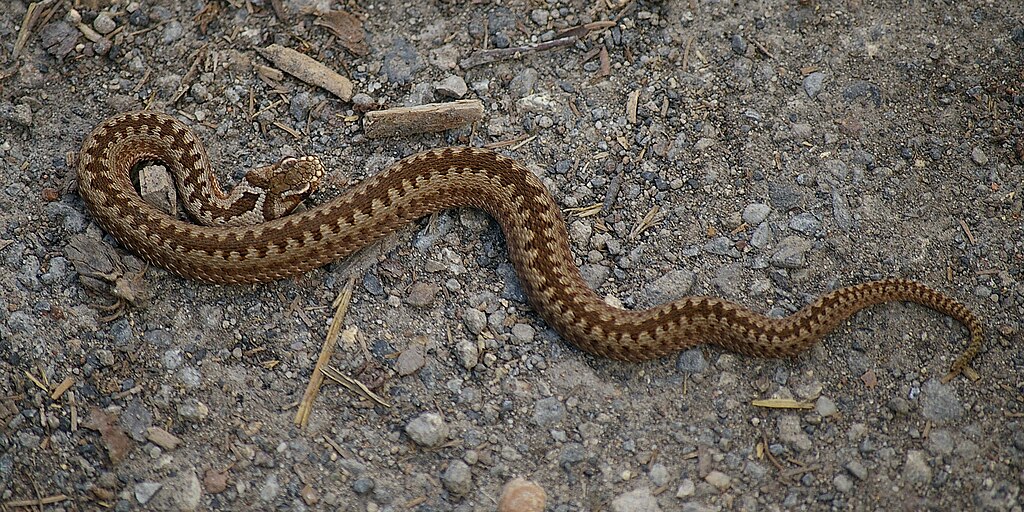
Many hibernating snake species practice communal brumation, gathering in large numbers at suitable hibernation sites. This social behavior offers several survival advantages during the vulnerable winter period. Grouping together helps maintain more stable temperatures through collective body heat, even though reptiles don’t generate much heat individually. Larger aggregations of snakes also create a buffer against predation, as predators can only consume a small percentage of a large group. Perhaps most surprisingly, these communal sites facilitate mating in early spring as snakes emerge from hibernation in close proximity to potential partners. Researchers have documented remarkable cases of different snake species sharing hibernacula, with garter snakes, rat snakes, and even rattlesnakes occasionally cohabiting the same winter refuge despite being solitary during active months.
Evolutionary Origins of Hibernation in Snakes
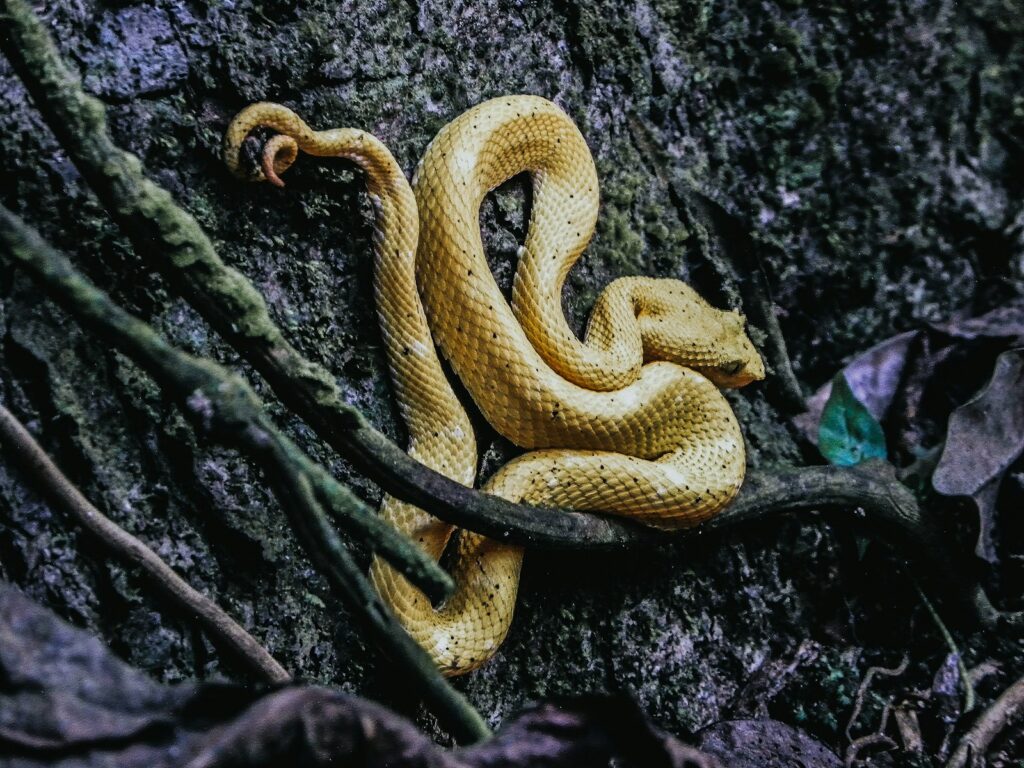
The ability to hibernate likely evolved multiple times independently across different snake lineages as they expanded into temperate climates from tropical origins. Genetic studies suggest that early snakes originated in warm environments and only later adapted to colder regions as they diversified. The development of brumation capabilities represents a crucial adaptation that allowed snakes to colonize habitats with seasonal cold periods. This evolutionary innovation opened vast new territories for snakes to exploit, leading to radiation into diverse ecological niches across temperate zones. Without the evolution of hibernation, snakes would likely remain restricted to tropical and subtropical regions, significantly limiting their global distribution. The independent development of similar hibernation strategies across different snake families demonstrates convergent evolution driven by similar environmental pressures.
Pre-Hibernation Preparations and Behaviors
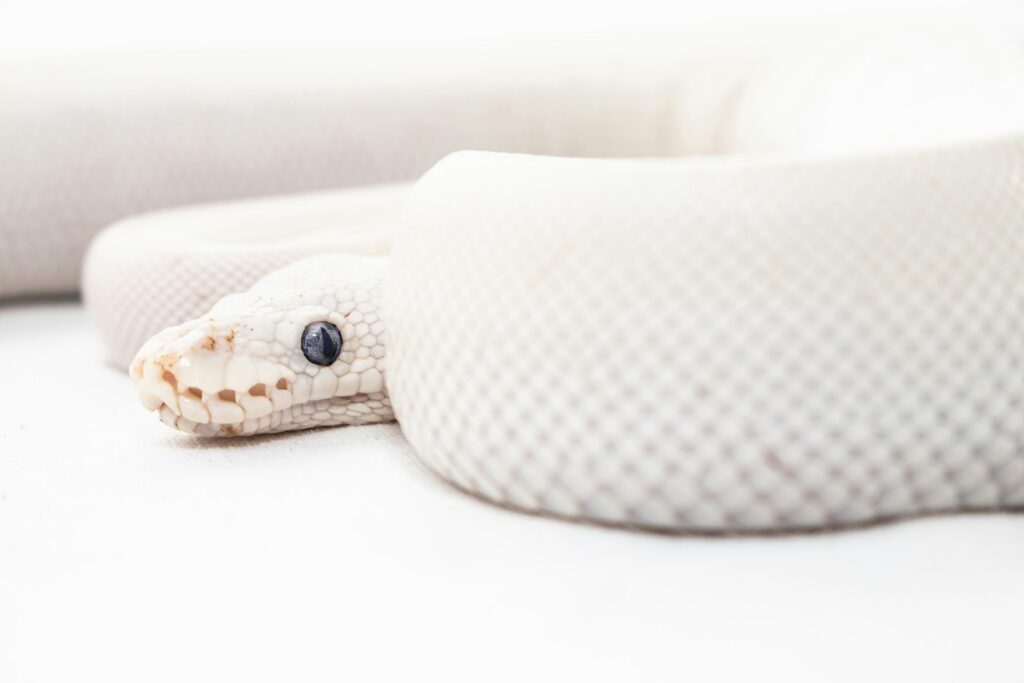
Hibernating snake species undergo specific preparatory behaviors in the weeks leading up to brumation. Many species enter a period of increased feeding activity in late summer and early fall, building energy reserves that will sustain them through months without food. This pre-hibernation feeding frenzy can make some snakes more visible as they actively hunt before winter’s arrival. As temperatures begin to drop, snakes typically cease feeding entirely and undergo a final digestive clearance, emptying their gut contents completely to prevent food from rotting within their dormant digestive systems. Movement patterns also change, with snakes gradually traveling toward their hibernation sites while basking more frequently to absorb heat during increasingly limited warm hours. These behavioral shifts reflect the complex physiological transition from active metabolism to the energy-conserving state of brumation.
The Risks of Hibernation for Snakes
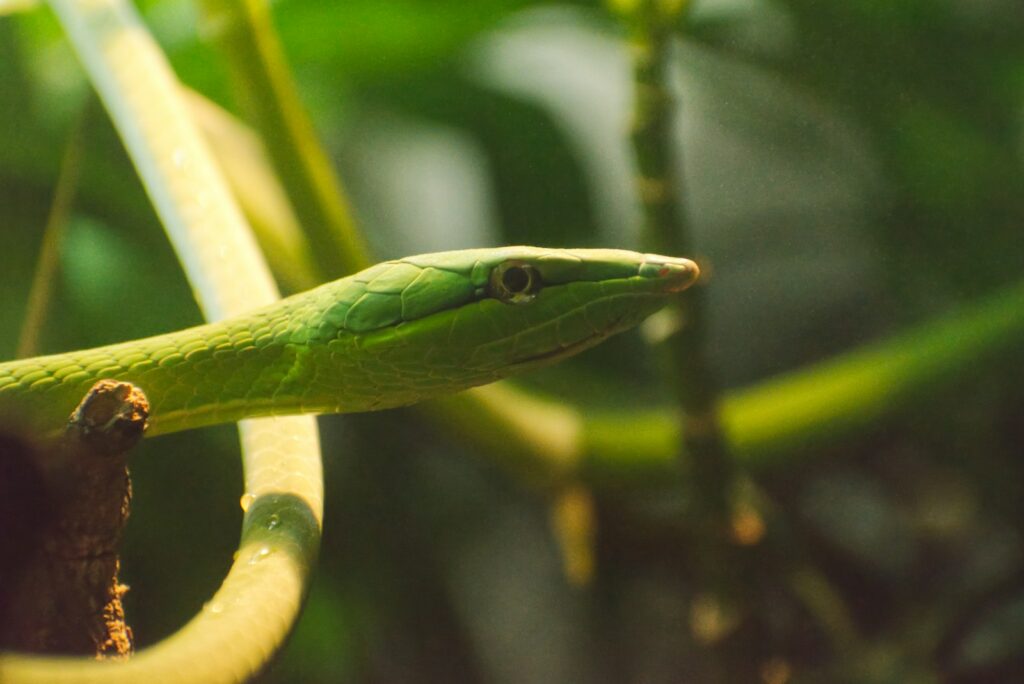
While hibernation is essential for survival in cold climates, it carries significant risks for snakes. During this vulnerable period, dormant snakes face threats from predators that may discover their hibernacula, including digging mammals, birds of prey, and even humans. Unpredictable weather patterns pose another danger, as unusually severe cold spells can penetrate hibernation sites and cause freezing deaths even in well-adapted species. Fungal and bacterial infections represent another serious threat, as the snake’s immune system functions at reduced capacity during brumation. Climate change has introduced new challenges, with unseasonable warm periods potentially triggering premature emergence followed by deadly cold snaps. These cumulative risks explain why winter mortality can be high even among snake species well-adapted for hibernation, making this period a critical survival bottleneck for temperate snake populations.
Hibernation Anomalies in Changing Climates
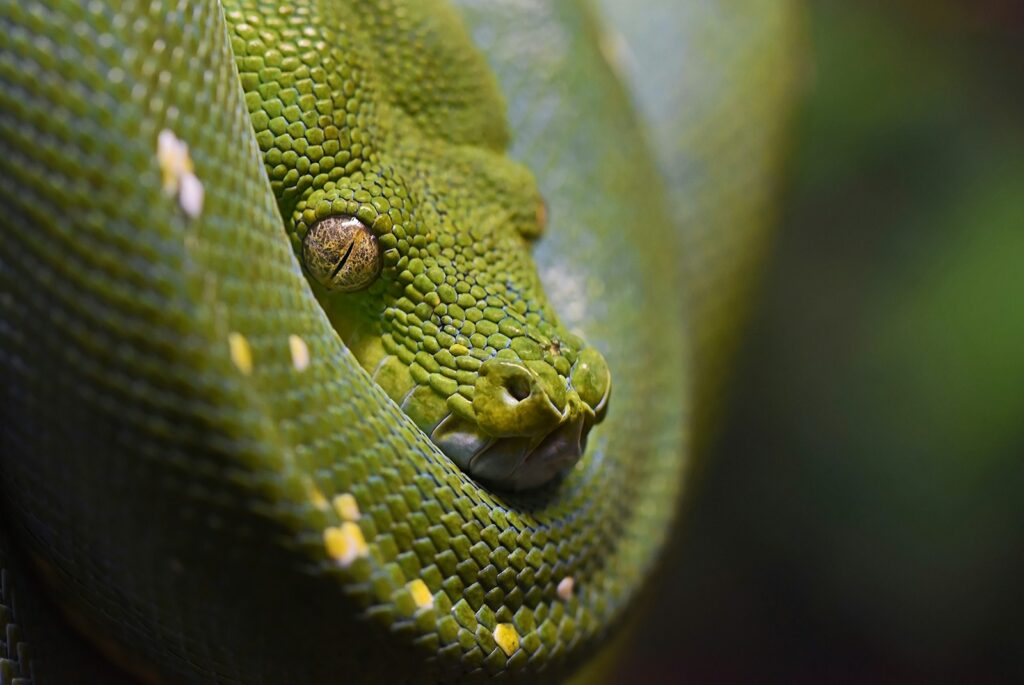
Climate change is disrupting traditional hibernation patterns among snake species worldwide. Researchers have documented increasingly erratic behavior in hibernating snakes, including delayed entry into brumation, premature emergence, and shorter overall hibernation periods in many regions. These shifts can create dangerous mismatches between snake activity and prey availability or expose snakes to sudden freezing events when they would normally be safely dormant. Some traditionally hibernating species in warming regions have begun to remain active during milder winters, potentially altering predator-prey dynamics and reproductive cycles. Conversely, tropical species are experiencing changes as previously stable environments become less predictable, forcing adaptations to new rainfall and temperature patterns. These climate-driven behavioral modifications provide a visible indicator of how reptile populations are responding to our rapidly changing global climate.
Implications for Snake Conservation
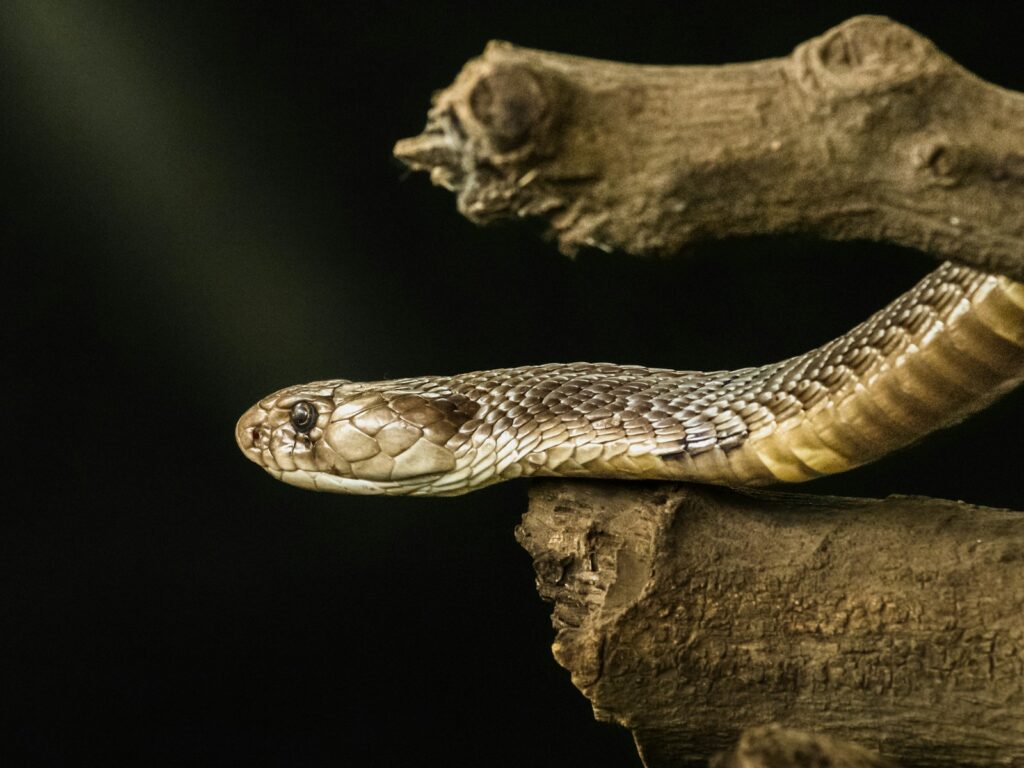
Understanding hibernation patterns has become crucial for effective snake conservation efforts worldwide. For hibernating species, protecting known hibernacula sites represents a conservation priority, as these locations often concentrate large portions of regional populations in relatively small areas. Habitat fragmentation that separates summer feeding grounds from traditional winter hibernation sites can devastate snake populations even when both habitat types remain intact. For non-hibernating tropical species, conservation efforts must focus on year-round habitat protection rather than seasonal considerations. Climate change adds urgency to conservation work, as shifting temperatures may render traditional hibernation sites unsuitable or disrupt long-established behavioral patterns. By incorporating knowledge about species-specific hibernation needs into conservation planning, wildlife managers can better protect both hibernating and non-hibernating snake species facing unprecedented environmental changes.
Caring for Captive Snakes: Hibernation Considerations
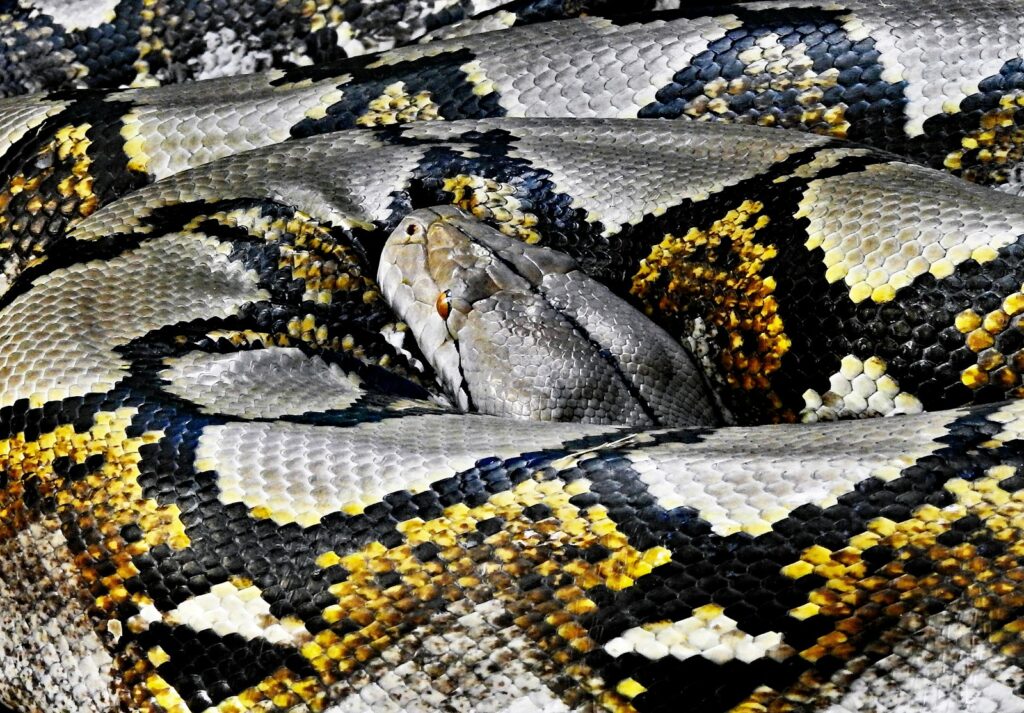
For snake owners and breeders, understanding natural hibernation patterns is essential for proper captive care. Species that naturally hibernate often benefit from a brumation period in captivity, especially for breeding purposes, as temperature cycling mimics natural reproductive triggers. Providing appropriate brumation conditions requires careful temperature management, typically maintaining captive hibernating snakes between 50-60°F (10-15°C) for several months. Owners must ensure snakes are healthy, well-hydrated, and at appropriate weight before inducing brumation, as underlying health issues can become fatal during this stress period. Tropical species, however, should generally be maintained at constant warm temperatures year-round, as forcing inappropriate brumation can harm their health. This distinction in care requirements highlights the importance of understanding a captive snake’s natural history and evolutionary adaptations, even in artificial environments.
The phenomenon of hibernation divides the snake world into two distinct groups with fundamentally different survival strategies. From the communal rattlesnake dens of Wyoming to the constantly active pythons of Southeast Asian rainforests, these contrasting approaches to seasonal changes showcase the remarkable adaptability of snakes. As climate patterns continue to shift globally, the line between hibernating and non-hibernating species may blur, forcing new adaptations in these ancient reptiles. By understanding why and how some snakes hibernate while others remain active, we gain not only scientific knowledge but also crucial insights for conservation and captive care. These fascinating behavioral differences remind us that snakes, often misunderstood creatures, have evolved sophisticated solutions to environmental challenges across their long evolutionary history.

